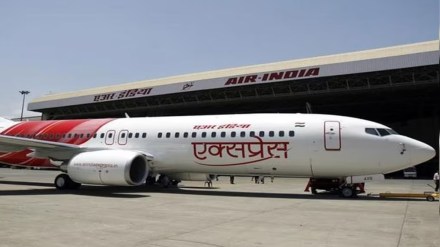Air India Express, the low-cost subsidiary of Air India, is set to revamp its operational strategy. Managing Director Aloke Singh said that the airline will now focus on routes that have a higher concentration of price-sensitive customers and leisure travelers. In a recent interaction with PTI, Singh outlined the airline’s focus on consolidating its presence on existing routes instead of an immediate nationwide expansion.
Air India Group undergoing significant changes
As part of Air India Group, which includes Air India, Air India Express, AIX Connect, and Vistara, the Tata-owned conglomerate is undergoing significant changes within its airline business. Air India Express is in the process of merging with low-cost domestic carrier AirAsia India. Vistara, a joint venture between Tata Sons and Singapore Airlines, is also working on merging with AI India.
Singh emphasized the specific focus areas for Air India Express, stating, “The focus of Air India Express will be on routes which have a higher component of leisure travelers, a higher component of price-sensitive customers. In fact, more of non-business while Air India will focus primarily on routes which are higher yielding, which requires business class and a higher level of in-flight services.”
Singh said that the network of Air India Express will be structured to complement Air India’s routes, filling gaps where the parent airline doesn’t operate. This network will have to be a rationalized one and exclude highly profitable routes like Delhi-Mumbai.
Merger with AIX Connect
Regarding the merger with AIX Connect (formerly AirAsia India), Singh explained that much of the integration work, including back-end platforms and processes, has been completed. The legal proceedings are however expected to conclude by the end of March, the following year.
Singh said that Air India Express benefits from a codeshare agreement with Air India, allowing it to serve connecting passengers from Air India’s international flights to domestic destinations. This arrangement creates synergy benefits for both airlines. He also acknowledged the competition from market leader IndiGo but stressed that Air India Express has its strengths and will focus on consolidating its presence before expanding to other markets. He mentioned that some routes may provide advantages, and the airline will leverage feeds from Air India to boost its occupancy.
With most of the integration work completed, Air India Express is now preparing for growth, with the goal of achieving a 20% market share on short-haul international routes and 15% on domestic routes. The airline also has efficiency and profitability targets as part of its transformation agenda.
Singh highlighted that profitability in the airline industry is influenced by various factors, including product quality, route network, and scale. Short-haul international routes are generally more profitable due to optimized aircraft utilization and lower unit costs.
In conclusion, Singh emphasized that the overall efficiency of the network, transfer connections, and capacity utilization are critical factors for success in the highly competitive Indian market.
(With PTI Inputs)
